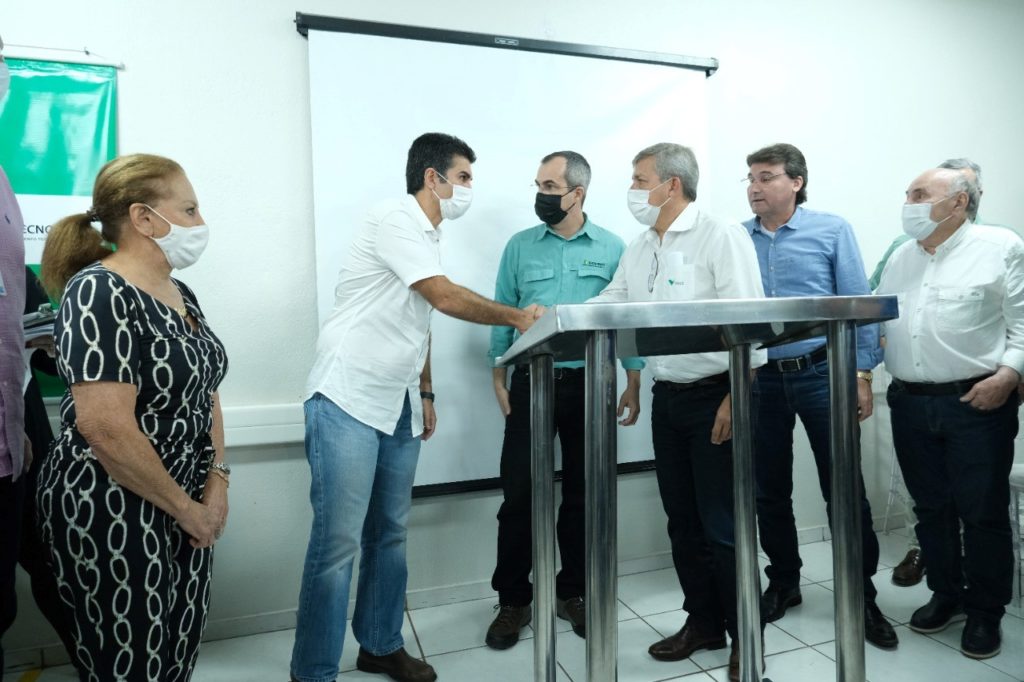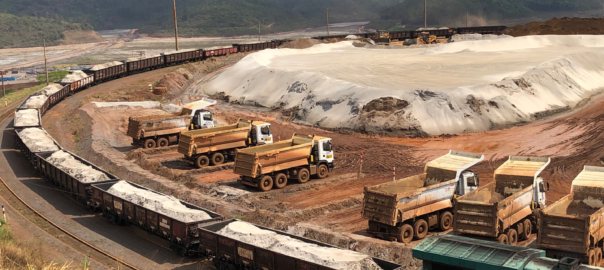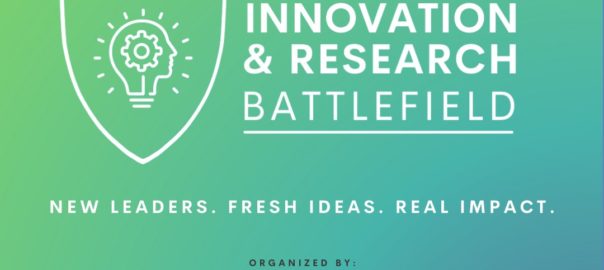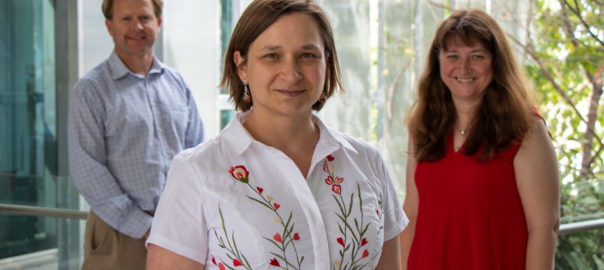Vale’s sustainability efforts are continuing to be displayed to the rest of the industry, with the major miner making a significant contribution to a report on the sustainable use of sand in mining and starting construction on a ‘green pig iron’ production facility in Brazil.
On the former, the University of Queensland, through its Sustainable Minerals Institute (SMI), and the University of Geneva, recently released a report indicating that sand from the ore production process may contribute to solving two important environmental issues by reducing sand extracted from the natural environment and the mining tailings generation. Vale contributed to the report and facilitated the sampling of its Sustainable Sand produced at the Brucutu mine in Minas Gerais for an independent analysis.
Vale’s Sustainable Sand is a co-product of iron ore processing. Based on adjustments in the operation, the sandy material, previously disposed in piles and dams, is now processed and transformed into a product, following the same quality controls as in the iron ore production. This year, Vale will allocate around 1 Mt of sand, between sales and donations, for use in civil construction and tests in pavement, among other uses.
The SMI report carried out by the universities, ‘Ore-sand: A potential new solution to the mining tailings and global sand sustainability crises’, investigated whether sand from ore processing, described by the term “ore-sand”, could become a sustainable source of sand and at the same time reduce the volume of tailings generated by mining.
Material characterisation results from the report indicate that the sampled material is inert and non-toxic, and can be suitable for certain applications, either on its own or as a part of a blend, such as with coarser sand, in order to meet specific grading requirements. Separating and repurposing these sand-like materials before they are added to the waste stream would not only significantly reduce the volume of waste being generated but could also create a responsible source of sand, Vale said.
The report found that, from a technical perspective, sand from iron ore operations can be a direct substitute for sand extracted from the environment in brick making, pavement, in embankments and cement manufacturing. When mixed with coarser sand and other aggregates, it can be used in the production of concrete and mortar, drainage and soil improvement, and water treatment.
The life cycle assessment of “ore-sand”, based on the case of Vale’s Sustainable Sand, also shows that this material has the potential to present lower net carbon emissions during its production when compared with sand extracted from the environment. However, to get a better idea of the potential of this reduction, it is necessary to carry out an assessment of the product’s transport stage, which was not covered in this report, Vale added.
Last week, Vale inaugurated the first road in Brazil using “ore-sand” in all four layers of the pavement. The 425-m-long road at the Cauê mine, in Itabira, will be monitored for two years with pressure, temperature, deformation and humidity sensors. Tests carried out during five years in the laboratory showed an increase in lifespan of around 50% and a cost reduction of 20% when compared with the most commonly used materials for road construction, such as sand extracted from the environment, Vale said. In addition, each kilometre of pavement can consume up to 7,000 t of tailings.
‘Green pig iron’
Earlier in the month, Vale and the Government of the State of Pará held an event to mark the beginning of the construction works of the first commercial plant of Tecnored in Brazil. Tecnored’s technology allows the production of so-called ‘green pig iron’, by replacing metallurgical coal with biomass, thus reducing carbon emissions and contributing to the decarbonisation of the steel industry.
The unit will have an initial capacity to produce 250,000 t/y of green pig iron, with the possibility of reaching 500,000 t/y in the future. The start-up is scheduled for 2025 with an estimated investment of approximately BRL1.6 billion ($342 million).
Vale’s President, Eduardo Bartolomeo, said the implementation of Tecnored represents an important step in the transformation of mining, contributing to making the process chain increasingly sustainable.
“The Tecnored project is of great importance to Vale and to the region and will bring gains in competitiveness, environmental sustainability and development for the region,” he said.

In the implementation phase of the project, which will work in the area of the old Ferro-Gusa Carajás, in the industrial district of the municipality, it is estimated that around 2,000 jobs will be generated at the peak of works. In the operational phase, about 400 direct and indirect jobs should be created, according to progress and engineering studies.
The Tecnored furnace is much smaller in size than a traditional steel blast furnace and is flexible in its use of raw materials, which can range from iron ore fines and steel residues to dam sludge, Vale said.
As fuel, the furnace can be fed by carbonised biomass, such as sugarcane bagasse and eucalyptus. Both are transformed into briquettes (small compact blocks) and deposited in the furnace, generating green pig iron. The furnace also allows the use of thermal coal itself as fuel. In this first instance, fossil fuels will be used to evaluate the performance of the plant, Vale explained.
Leonardo Caputo, Tecnored’s CEO, said: “Gradually, we are going to replace coal with carbonised biomass until we reach the goal of 100% biomass.”
The flexibility in the use of fuels in the furnace allows operating costs to be reduced by up to 15% compared with a traditional blast furnace, Vale claims.
Developed over the last 35 years, Tecnored’s technology also eliminates the coke furnaces and sintering processes: stages prior to the production of steel in the steel mill that are intensive in their greenhouse gas (GHG) emissions. This also reduces capital costs by up to 15%, according to Vale.
In addition, the plant is self-sustaining in terms of energy efficiency, with all the process gas reused and a portion used for energy co-generation, the company said. The slag by-product can be used as raw material in the cement industry.
Currently, Vale maintains a demonstration plant of this technology in Pindamonhangaba, with a rated capacity of 75,000 t/y, where tests were carried out to develop the technology and technical and economic feasibility.
Tecnored’s commercial plant in Marabá is part of Vale’s effort to offer its steelmaking customers technological solutions to help decarbonise their production processes.
In 2020, the company assumed the goal of reducing Scope 3 net emissions by 15% by 2035. Of this total, the company will contribute up to 25% through a high-quality products portfolio and technological solutions, including green pig iron. Today, the steel industry represents 94% of Vale’s Scope 3 emissions.
Vale also announced the goal achieving net zero Scope 1 and 2 emissions by 2050 and, to that end, it is investing between $4-6 billion, as well as committing to recover and protect another 500,000 ha of forest in Brazil.









